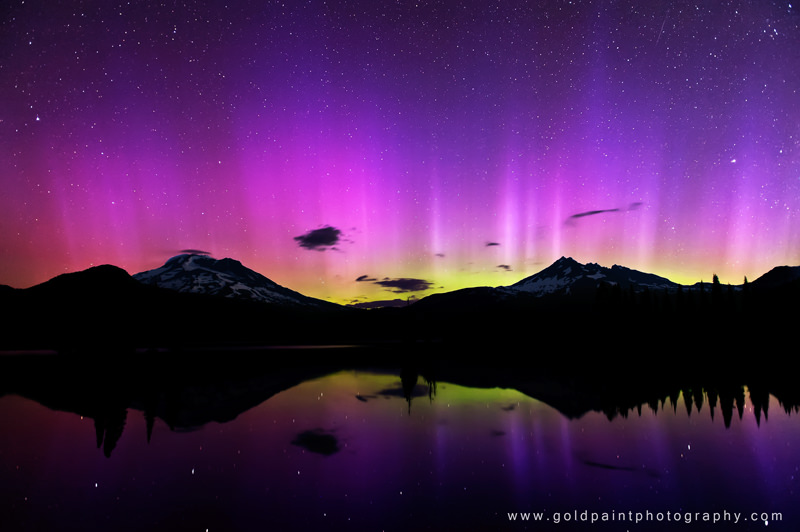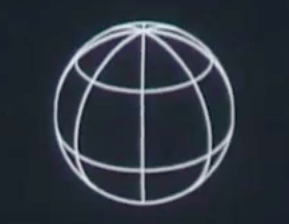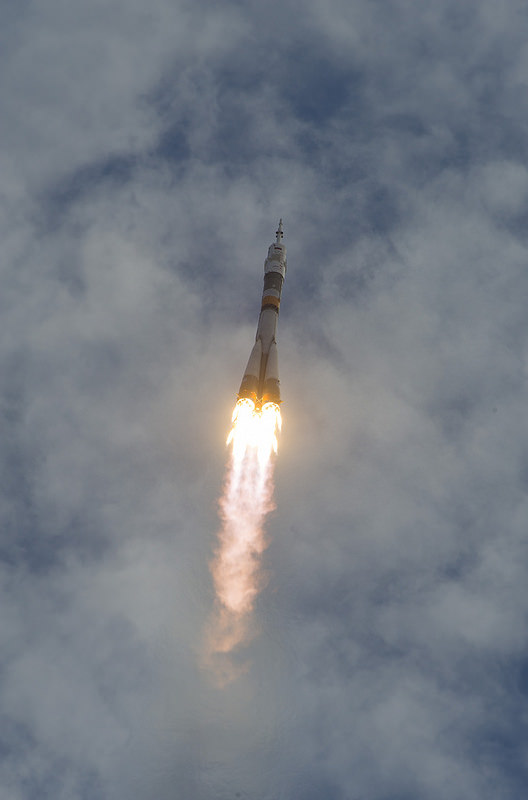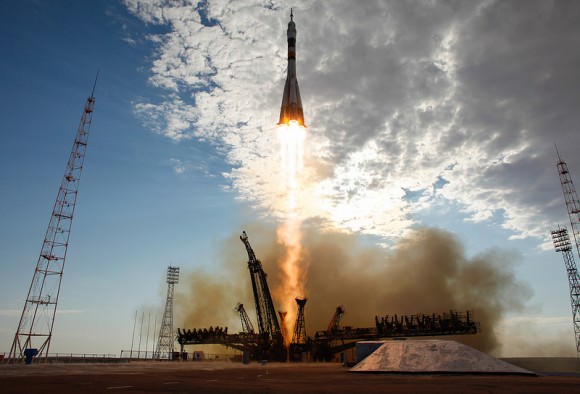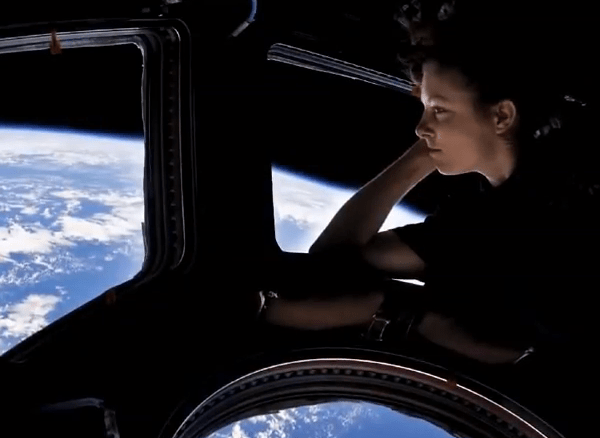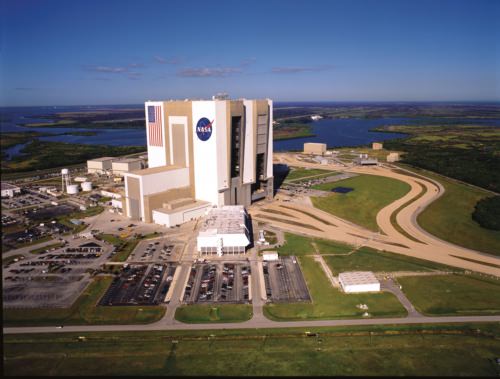Within Two Worlds from Goldpaint Photography on Vimeo.
This new timelapse from Brad Goldpaint is moving is every sense of the word. Of course, the images transition and move through time, but the mood it evokes moves your soul. There’s a star-trails sequence over Mount Shasta in California starting at about 2:15 that is utterly jaw-dropping.
Goldpaint wrote us to say he discovered his passion for photography shortly after his mother’s passing while hiking the Pacific Crest Trail 3 years ago. “This time-lapse video is my visual representation of how the night sky and landscapes co-exist within a world of contradictions,” he said. “I hope this connection between heaven and earth inspires you to discover and create your own opportunities, to reach your rightful place within two worlds.”
Check out his work at his website, Goldpaint Photography.
Below are some of the stunning still images from Goldpaint’s timelapse:
Caption: Aurora over Sparks Lake. Credit: Brad Goldpaint
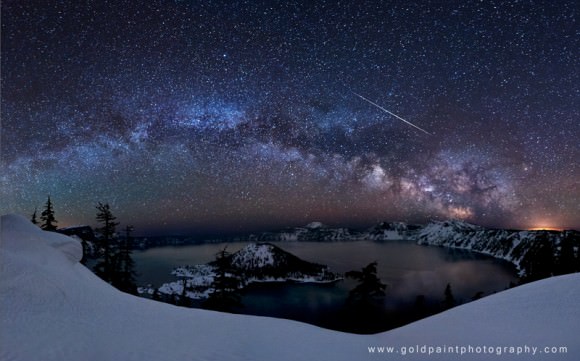
Caption: Milky Way and Lyrid Meteor over Crater Lake. Credit: Brad Goldpaint.
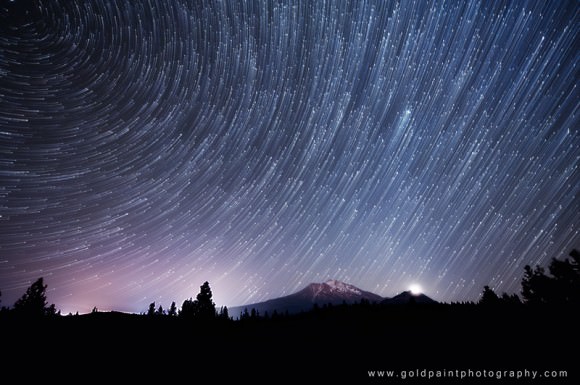
Caption: Star Trails over Mount Shasta. Credit: Brad Goldpaint.

